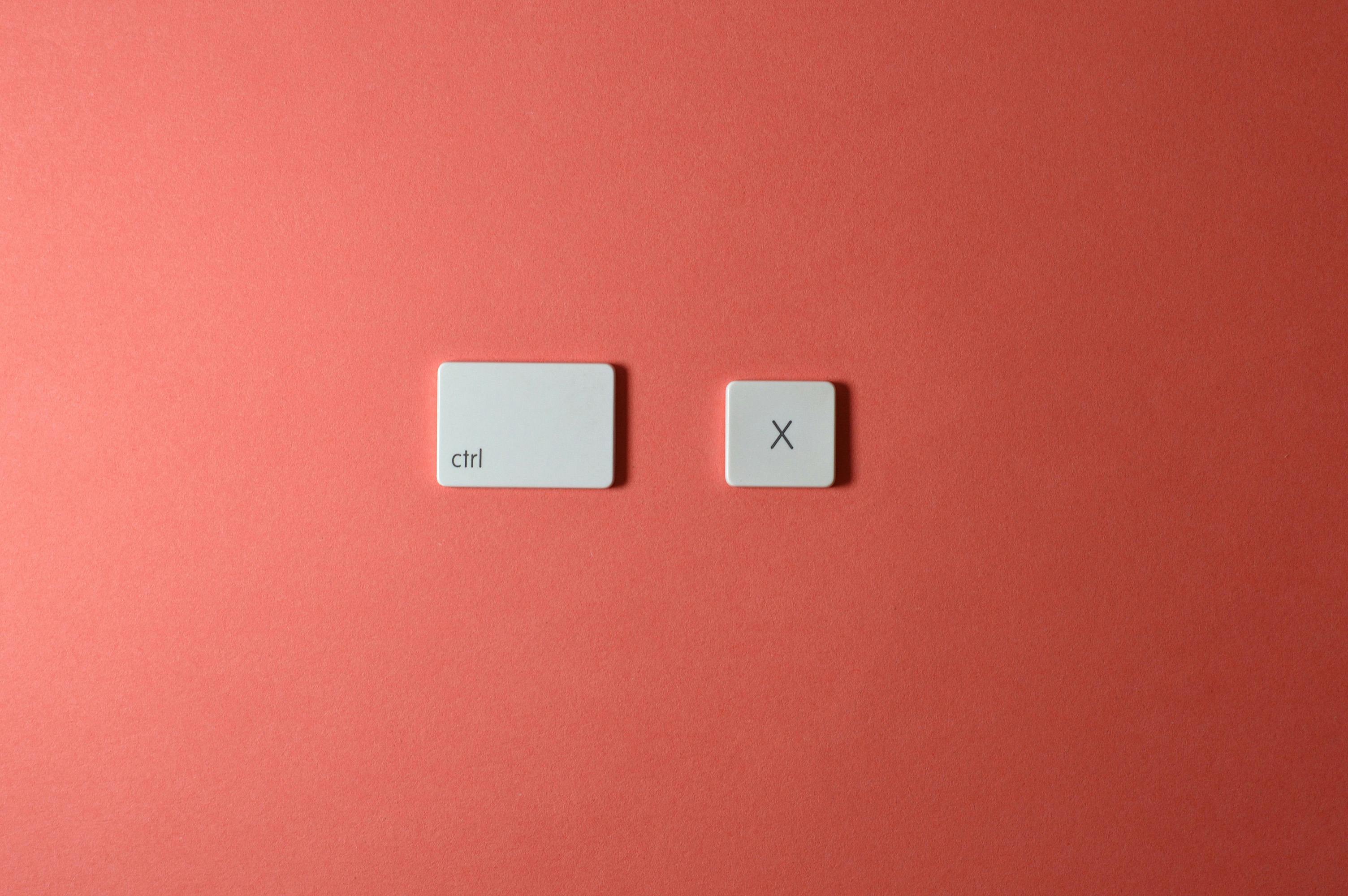
Setting up a studio for your new Nikon D7100
With the new Nikon D7100 digital camera, you’d expect to be able to turn your hand toward just about anything. This versatile and flexible camera is designed to excel in all areas of photography. So once it’s ready to go, many new owners will rush to shoot portraits and still life images in studio conditions. obviously if you can, you should always try to shoot in natural light, especially if you’re taking portraits. If that’s not feasible, the pop-up flash can usually provide the necessary fill, or you can use your flash gun, carefully positioned and remotely fired. In most circumstances, these tools will help you get a decent result. But there will come a time when you decide that you need more control and at that point you will want to set up a studio.
If you are setting up your home studio, the ideal scenario is to have a room specifically reserved for your photography. It should have plenty of space, a high ceiling, and be at least 5 meters long. Paint the walls in a color that doesn’t reflect too much – black is ideal, but if you have to share a room, gray would be fine. Cover the windows with opaque material to ensure that light cannot enter and also cover the doors to prevent further contamination. Ideally, you only want to have the light that is under your control to affect your images. You will also need a good supply of electrical outlets.
Having closed all external light sources, you can decide what lighting you want to have in your studio. Lighting is divided into two categories: continuous or strobe. Continuous also has two options, tungsten or fluorescent. Tungsten is very popular for portraits because it gives good skin tones. It is naturally a ‘warm’ light, both in light and in temperature (this can be a problem if it makes the subject sit under them for a long time). You would also want to use tungsten if you were shooting video.
Fluorescent lights have a more sterile white light with a bluish cast. They are often used for archival shots and live photography, because the colors are considered to be more accurate. Of course, it is up to the photographer to choose which one they prefer. White Balance, in the D7100’s settings you will be able to rectify most light settings, but since you are in charge of your lighting, it would be best to set the lights so that the subject appears the way you want to see it. Relying on corrections on camera is just another idea to try to remember, and sooner or later you’ll be cursing your memory and catching up on Photoshop.
The great advantage of continuous lighting is that you can actually see how your subject will appear in the image in real time. This means you get the lighting just right, and then you can confidently address other variables like content and composition. With the strobe light, sometimes you are not sure whether the flash fired or not. In many ways continuous lighting is much easier and I recommend that you start with this. However, when you need to photograph something or someone and give the impression of movement, or freeze it in action, you will have to use strobe lighting.
Although strobes are more difficult to set up, they give the photographer a bit more flexibility. The power of the flash can be increased or decreased to suit the needs of the photographer. This means that the photographer can design their lighting based on their shutter speed requirements. Obviously, if your subject is moving and you don’t want to blur, you’ll need a fairly fast shutter speed. Once mastered, strobes are a great way to get the images you want. However, because they work in bursts, they sometimes take a while to recharge.
If you start with a couple of lights, the easiest way to set them up is with the soft box in the front and the dot in the back. The softbox emits a softer, more uniform light that is easier to measure. The soft box should be 6 feet away from the subject, close to the camera. The other light should be at least 3 feet away from the backdrop for an even background. I would advise getting some barn doors for the backlight, so the light doesn’t spread where it is not wanted. Always place the trigger on the headlight and make sure both lights come on at the same time. Most lighting systems have built-in slaves these days.
I usually start a session with a standard 1/125 at f8 with an ISO set to 200. This gives me enough flexibility to change things gradually if necessary. Most studio lenses run comfortably at f8, and the shutter speed will capture most fluid movements. If you find the lighting to be a bit flat, move the soft box out for more definition and shadow, but always keep in mind that more shadow can be very unflattering, especially if your subject has an angular face or large nose. I always start by doing the standard shots: the full length, the medium and then I move tighter for the head and shoulders or portrait. By the time you want to try something more interesting, your model will have relaxed and you will have more confidence in the equipment and your abilities.